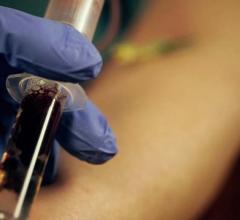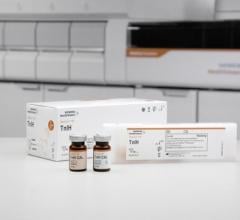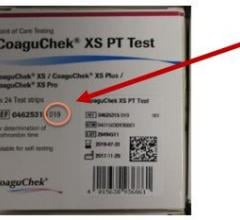
December 18, 2019 — In their latest report, “Cardiovascular Disease 2020-2030: Trends, Technologies & Outlook” IDTechEx Research reports that the Cardiovascular disease (CVD) technology market will exceed $40 billion by 2030. As developers’ understanding of this disease grows, so will the range of devices at their disposal to address it. They have only scratched the surface of how technology can improve CVD patients’ lives and, as they dig deeper, they will continue to unlock the potential of this growing market.
CVD is currently the leading cause of death globally. The World Health Organisation reported that CVD, which encompasses all conditions linked to the heart and blood vessels, is responsible for 17 million deaths every year. This translates to a staggering 31 percent of all deaths globally. The WHO expects this figure to rise to over 23 million by 2030. In addition, CVD also represents a major economic burden. According to the American Heart Association, the annual cost of CVD to the economy is estimated to be over $500 billion in the United States. The prevalence and cost of CVD mean that there is an urgent need for solutions to raise standards of care and improve patient outcomes.
Although CVD has been a major health concern for decades, researchers are still struggling to address it or even understand it. Much effort is being put into tackling the disease at every stage of progression. Technology is helping to improve the way CVD can be detected, monitored and treated.
Diagnosing CVD is the first step in patients’ road to recovery. It is imperative to detect the disease early in order to administer treatment while it is still treatable. In addition, preventing the disease altogether is becoming more important in healthcare. The main approaches for detecting CVD are currently in vitro diagnostics (IVD) at point-of-care (POC) and the use of artificial intelligence (AI) in cardiovascular imaging. AI in imaging is of particular interest beyond imaging in general, because it is the integration of AI into these systems that is truly innovative. The four main types of POC diagnostics technologies are lab-on-a-chip (LOAC), electrochemical test strips, lateral flow assays (LFAs) and molecular diagnostics (MDx).
The protocols for monitoring patients are rapidly evolving. Historically, patients who fall ill are required to travel in order to visit a general practitioner or hospital. This procedure may soon become a thing of the past. The biggest trends in patient monitoring currently revolve around remote patient monitoring (RPM), which enables the patients’ health to be examined from a distance. This means that healthcare professionals do not necessarily need to examine their patients in person. Instead, consultations can be conducted over video call and patient readings and information can be accessed through a digital platform. Cardiovascular RPM involves a number of connected medical devices for use in the home. Wearables - such as skin patches, accessories and smart clothing - are particularly relevant as most innovations are made in this field.
Many forms of CVD are chronic in nature, meaning that they worsen over time. Thus, once the disease has been diagnosed it is important to initiate treatment as soon as possible in order to provide positive patient outcomes. Current trends in the treatment of CVD revolve around cardiac rhythm management and cardiovascular tissue generation. The technologies are in various stages of development – some have been commercially available for decades and others are still in the proof-of-concept phase. The differences in levels of development reflect the depth of researchers’ understanding of the diseases in question. For instance, pacemakers have been in use for more than 50 years as cardiac rhythm was one of the first areas of cardiovascular health to be investigated. On the other hand, cardiac tissue engineering and bioprinting technologies are still in their infancy due to a lack of understanding of the complexities of re-creating human tissue.
To find out more about Life Sciences research available from IDTechEx, visit www.IDTechEx.com/LifeSci. To connect with others on this topic, IDTechEx Events is hosting the Healthcare Sensor Innovations 2020 Conference on March 17-18 2020 in San Jose, CA.
For more information: www.idtechex.com


 October 09, 2019
October 09, 2019 









